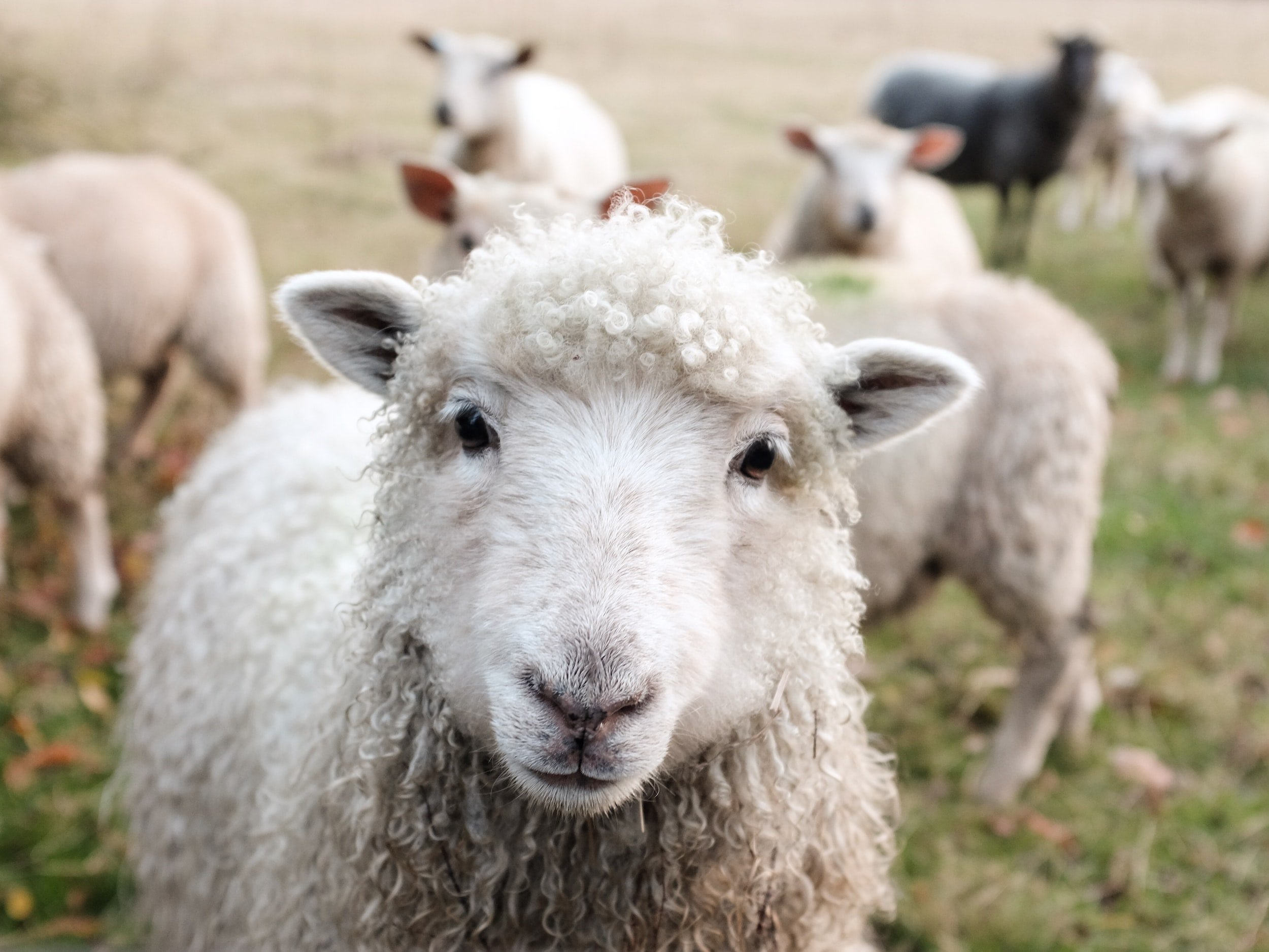8 Interesting Wool Facts and Why Knitters Love It
Wool is a classic fiber that has been used in textile creation for centuries. Despite all the different engineered fibers made today, wool has stood the test of time. And there are so many reasons why! Now, some knitters love wool, and some love to hate it. I’m definitely a big wool fan, and whether you are or not, check out these super interesting wool facts and why wool is still a fan favorite for knitters.
“Wool” can often refer to fibers from different animals, but in this blog post, we are only referring to sheep’s wool.
1. Wool is hygroscopic
If you’re wondering what the heck hygroscopic means, it’s just a fancy word that means that something is able to absorb moisture. Wool is incredibly hygroscopic, and can absorb nearly half its weight in moisture, all while still feeling dry and warm against your body. This incredible ability to absorb moisture while still feeling dry means you will remain very comfortable in a wool sweater even if it is cold and damp. Also, it is important to note that wool naturally repels water because of lanolin. Lanolin is a natural waxy substance that sheep produce and is often still present on most wools. So, altogether, you can stay nice and cozy in your wool garments. (No wonder wool sweaters were a staple for fishermen, right?)
2. Wool is stain-resistant
So lanolin helps wool to repel water, meaning lanolin also helps to prevent stains from absorbing into the fibers! If you spill anything on your wool garment, it will likely just roll off. And if any droplets are left, you should be able to easily blot them out.
3. Wool is antibacterial
Because the surface of wool remains dry even while absorbing moisture, it discourages bacterial growth. While lanolin repels water, sheep produce it to protect their skin from infection. As lanolin works to protect the sheep, it also protects the fiber from allowing bacteria, mold, and mildew to penetrate it. And because it is harder for bacteria to be retained in the fiber, wool stays fresher longer (but more on that in the next point).
4. Wool is naturally odor resistant
Your clothes give off odor when they have absorbed and retained some bacteria. However, because wool is an antibacterial fiber, it naturally resists odors. This means that you can wear a wool garment a number of times, and it still smells fresh! Which also means you can wash your wool garments less frequently than garments made from plant or synthetic fibers. Yay!
5. If you think you have a wool allergy, you might not!
One big reason why some knitters don’t like working with or wearing wool is because they have an allergic reaction to it. However, it is possible that they aren’t reacting to the wool itself! If you experience an allergic reaction to wool, try checking out a merino wool yarn just to see. Merino wool is considered a very fine wool. Less fine wools tend to be a bit rougher, and the ends of those rougher fibers could be responsible for irritating your skin. Or your skin could be responding to lanolin, which is more present in less-fine wools than merino. Because merino and other fine wools go through more processing, nearly all traces of lanolin and the farmyard itself is removed from the fibers, resulting in fewer irritating factors. So, if you experience an allergic reaction to wool but haven’t tried out merino wool yet, give it a shot! It might open a whole new door for you.
6. Wool has natural UV protection
Not only does wool absorb moisture, but it also absorbs harmful UV rays! The amount of UV protection depends on how dense the fiber is and how it was processed, but the Ultraviolet Protection Factor (UPF) of wool is typically between 20 and 50. For comparison, the average UPF of a cotton shirt is about 10. As it absorbs radiation across the entire UV spectrum, wool is a great fiber of choice to be protected from the sun.
7. Wool is resilient
Wool is one of the toughest fibers out there. It has a wonderful natural elasticity that allows it to spring back time and time again. According to Skein, “wool can withstand being bent 20,000 times without breaking. In comparison, cotton breaks after 3,000 bends, silk after 2,000, and rayon can only be bent 75 times without breaking.” Also, wool can be stretched to a third of its length, and even more when wet, and still recovers to its original shape. Overall, wool is a very resilient fiber.
8. Wool almost went extinct
As you probably know (but hopefully haven’t experienced first hand), wool shrinks and felts A LOT when washed in the washing machine or dried in the drier. Because of this phenomenon, when washing machines were first being introduced, wool almost went extinct in the world of textile production. Determined for that not to be the case, the wool industry created superwash wool. Superwash wool is wool that, during processing, is treated with chemicals to make it machine washable, even more durable, and even more lustrous than natural wool. Although it isn’t as sustainable as non-superwash wool because of the way it is processed, superwash wool is a great option for you if you need your wool garments to be easily washable.
Learn about the most and least sustainable yarns!
Wool is an incredible fiber, and it is my favorite to work with and wear. Do you love wool? Comment below what your favorite fiber to work with is!
Sources:

